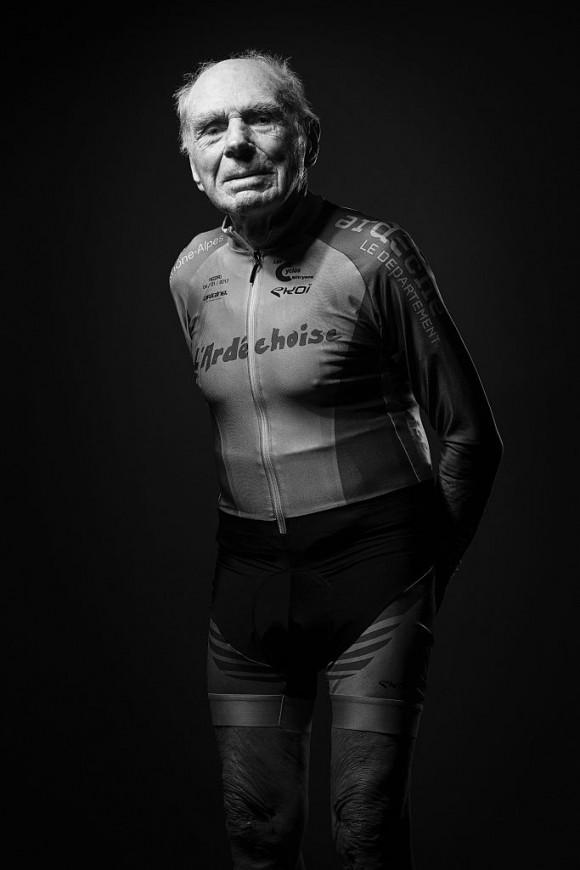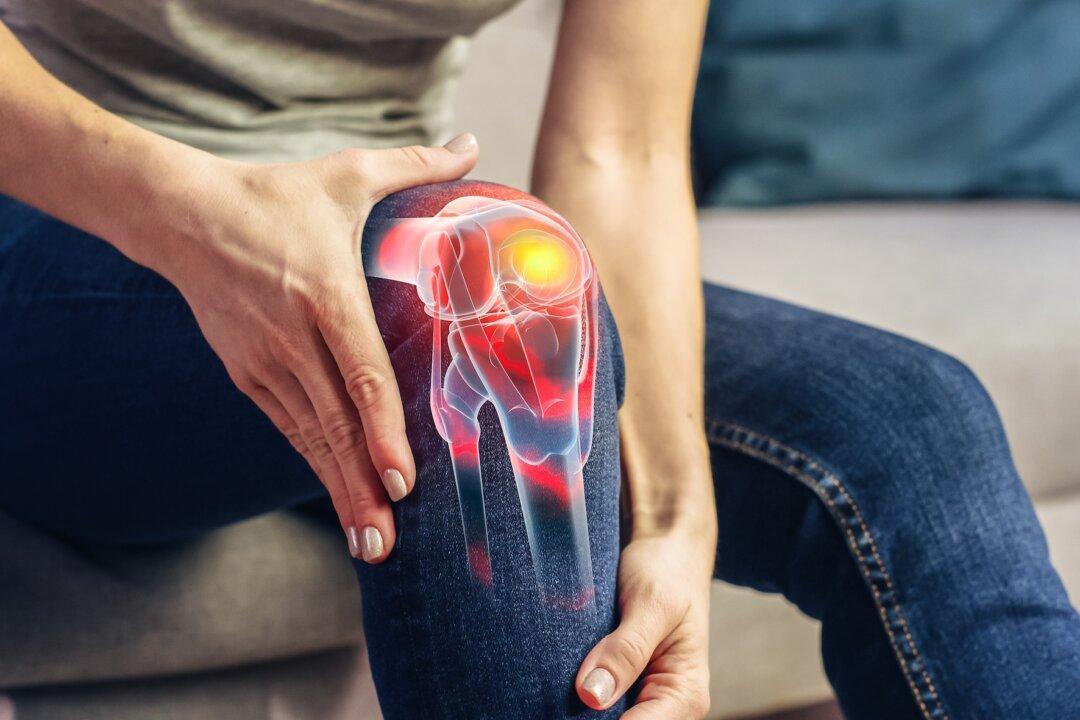New research shows that you can improve athletic performance with proper training, even if you are over 100 years old. Traditional feeling among scientists is that aging is progressive and inevitable, and that your genetic programming causes you to age no matter what you do.

French 105-year-old Robert Marchand Joel Saget/AFP/Getty Images





